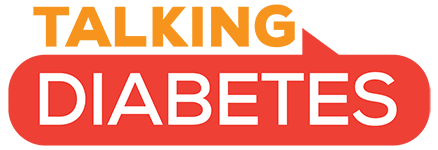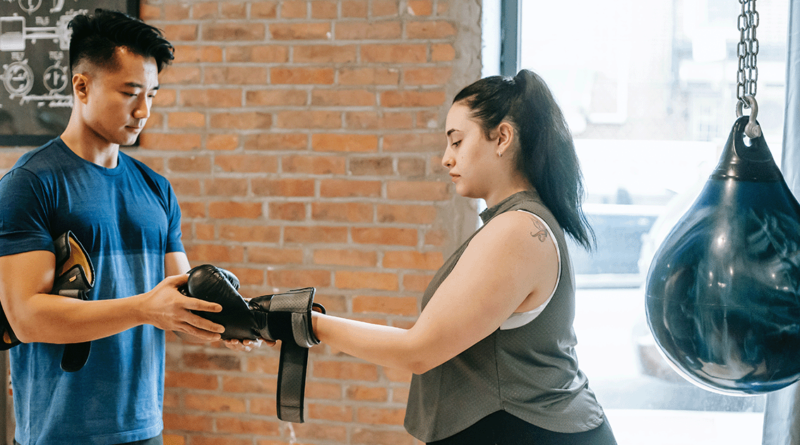Diabetes and exercise: When to monitor your blood sugar
Exercise is an important part of any diabetes treatment plan. To avoid potential problems, check your blood sugar before, during and after exercise.
Exercise is a crucial component of diabetes management. Exercise can help you:
- Improve your blood sugar levels.
- Boost your overall fitness.
- Manage your weight.
- Reduce your risk of heart disease and stroke.
- Improve your well-being.
But diabetes and exercise pose unique challenges, too. To exercise safely, you’ll need to track your blood sugar before, during and after physical activity. This will show you how your body responds to exercise, which can help you prevent potentially dangerous blood sugar fluctuations.
Before exercise: Check your blood sugar before your workout
Before jumping into a fitness program, get your doctor’s OK to exercise — especially if you’ve been inactive. Ask your doctor how activities you’re contemplating might affect your blood sugar. Your doctor can also suggest the best time to exercise and explain the potential impact of medications on your blood sugar as you become more active.
For the best health benefits, experts recommend at least 150 minutes a week of moderately intense physical activities such as:
- Fast walking
- Lap swimming
- Bicycling
Experts also recommend that children — even those with type 1 diabetes — participate in at least 60 minutes of moderate to vigorous activity every day.
If you’re taking insulin or other medications that can cause low blood sugar (hypoglycemia), test your blood sugar 15 to 30 minutes before exercising.
If you don’t take medications for your diabetes or you don’t use medications commonly linked to low blood sugar levels, you probably won’t need to take any special precautions prior to exercising. Check with your doctor.
Below are some general guidelines for pre-exercise blood sugar levels. The measurements are expressed in milligrams per deciliter (mg/dL) or millimoles per liter (mmol/L).
- Lower than 100 mg/dL (5.6 mmol/L). Your blood sugar may be too low to exercise safely. Eat a small snack containing 15 to 30 grams of carbohydrates, such as fruit juice, fruit, crackers or even glucose tablets before you begin your workout.
- 100 to 250 mg/dL (5.6 to 13.9 mmol/L). You’re good to go. For most people, this is a safe pre-exercise blood sugar range.
- 250 mg/dL (13.9 mmol/L) or higher. This is a caution zone — your blood sugar may be too high to exercise safely. Before exercising, test your urine for ketones — substances made when your body breaks down fat for energy. The presence of ketones indicates that your body doesn’t have enough insulin to control your blood sugar.If you exercise when you have a high level of ketones, you risk ketoacidosis — a serious complication of diabetes that needs immediate treatment. Instead of exercising immediately, take measures to correct the high blood sugar levels and wait to exercise until your ketone test indicates an absence of ketones in your urine.
During exercise: Watch for symptoms of low blood sugar
During exercise, low blood sugar is sometimes a concern. If you’re planning a long workout, check your blood sugar every 30 minutes — especially if you’re trying a new activity or increasing the intensity or duration of your workout. Checking every half-hour or so lets you know if your blood sugar level is stable, rising or falling, and whether it’s safe to keep exercising.
This may be difficult if you’re participating in outdoor activities or sports. But, this precaution is necessary until you know how your blood sugar responds to changes in your exercise habits.
Stop exercising if:
- Your blood sugar is 70 mg/dL (3.9 mmol/L) or lower
- You feel shaky, weak or confused
Eat or drink something (with approximately 15 grams of fast-acting carbohydrate) to raise your blood sugar level, such as:
- Glucose tablets or gel (check the label to see how many grams of carbohydrate these contain)
- 1/2 cup (4 ounces/118 milliliters) of fruit juice
- 1/2 cup (4 ounces/118 milliliters) of regular (NON-diet) soft drink
- Hard candy, jelly beans or candy corn (check the label to see how many grams of carbohydrate these contain)
Recheck your blood sugar 15 minutes later. If it’s still too low, have another 15 gram carbohydrate serving and test again 15 minutes later.
Repeat as needed until your blood sugar reaches at least 70 mg/dL (3.9 mmol/L). If you haven’t finished your workout, you can continue once your blood sugar returns to a safe range.
After exercise: Check your blood sugar again
Check your blood sugar as soon as you finish exercising and again several times during the next few hours. Exercise draws on reserve sugar stored in your muscles and liver. As your body rebuilds these stores, it takes sugar from your blood.
The more strenuous your workout, the longer your blood sugar will be affected. Low blood sugar is possible even four to eight hours after exercise. Having a snack with slower-acting carbohydrates, such as a granola bar or trail mix, after your workout can help prevent a drop in your blood sugar.
If you do have low blood sugar after exercise, eat a small carbohydrate-containing snack, such as fruit, crackers or glucose tablets, or drink a half-cup (4 ounces/118 milliliters) of fruit juice.
Exercise is beneficial to your health in many ways, but if you have diabetes, testing your blood sugar before, during and after exercise may be just as important as the exercise itself.
Source: https://www.mayoclinic.org/diseases-conditions/diabetes/in-depth/diabetes-and-exercise/art-20045697

